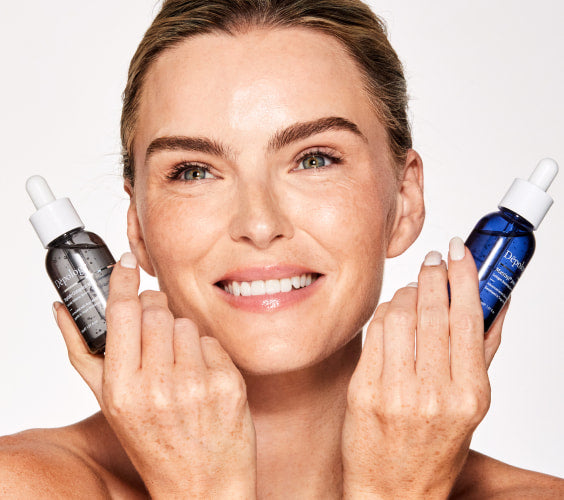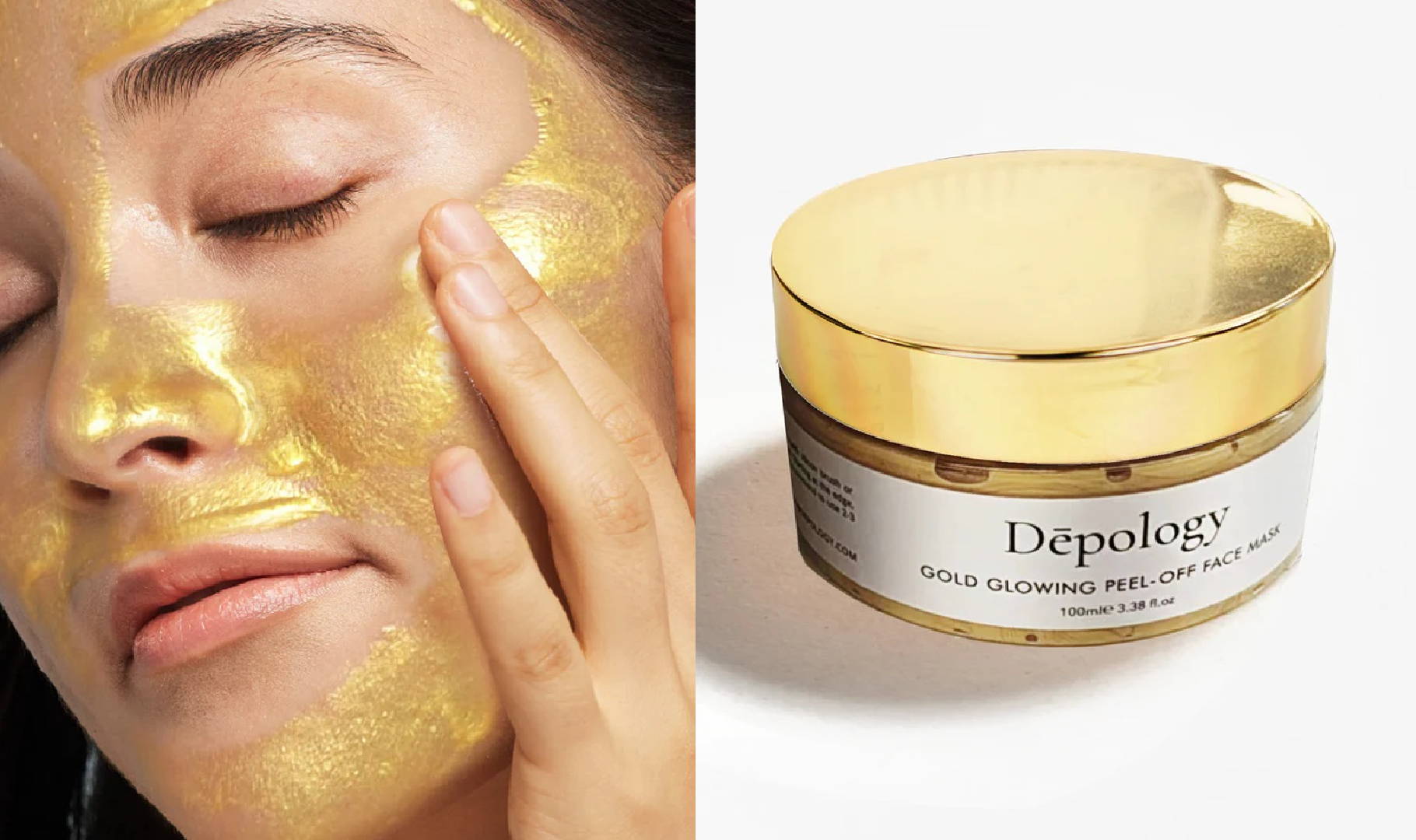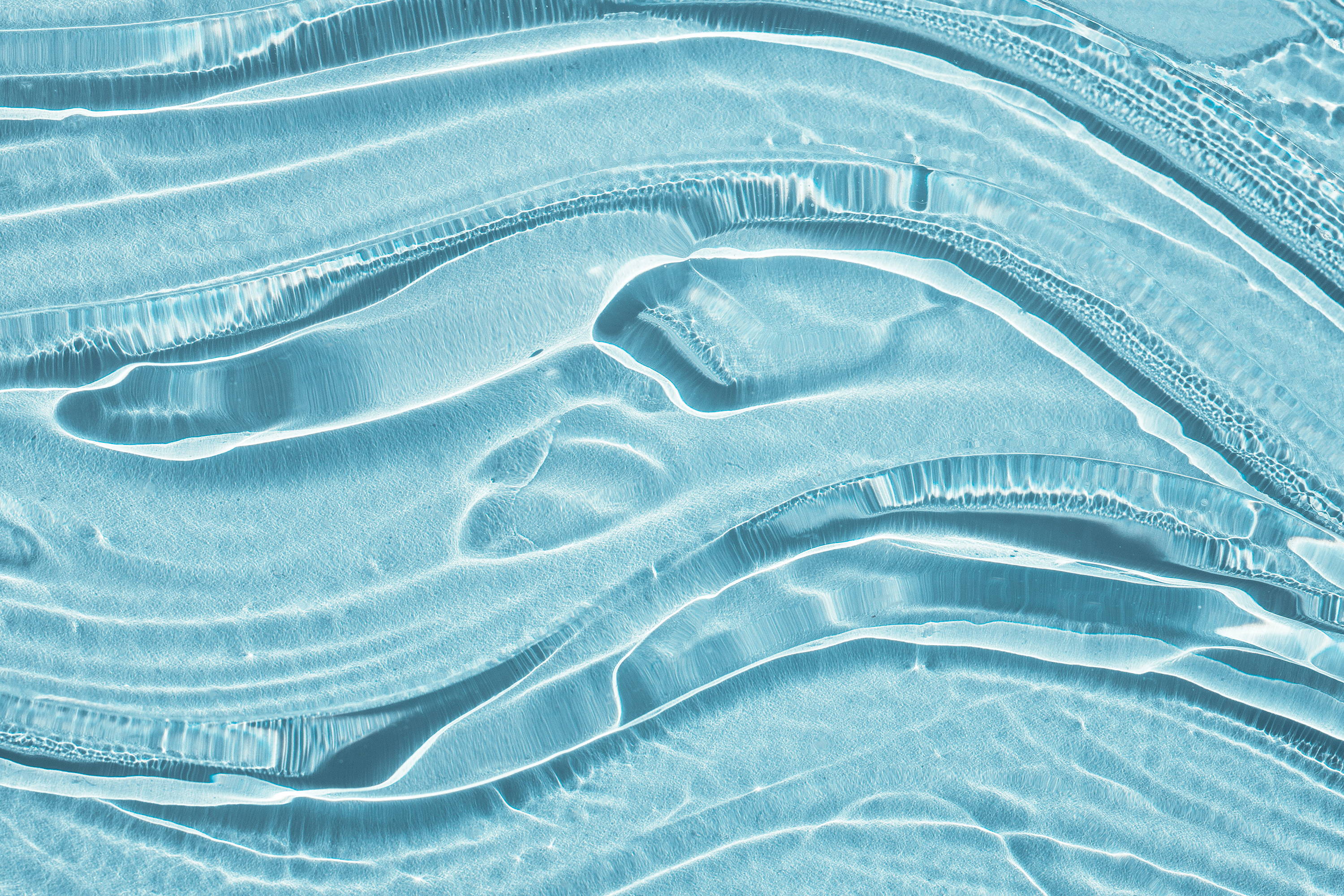
How And When To Use Glycolic Acid?
Glycolic acid can be your best friend or your worst enemy. It all depends on how and when you use it. Glycolic acid is great for exfoliating your skin and getting rid of dead skin cells. It can also help to even out your skin tone and make your skin look brighter. However, if you use it too often or leave it on for too long, it can dry out your skin and make it look red and irritated. So, how do you know how and when to use glycolic acid? Keep reading to find out.
What Is Glycolic Acid?
Glycolic acid is a popular skincare ingredient that can be found in a variety of products, from cleansers to serums. It is naturally found in sugarcane and certain fruits. Its unique structure allows it to go deep within the skin and moisturize from the inside out.
Glycolic acid is an alpha hydroxy acid (AHA) that is derived from sugar cane. It is the smallest molecule in the AHA family, which means it can penetrate the skin more deeply than other AHAs.
What Glycolic Acid Does to Your Skin?
Glycolic acid's unique makeup gives it many useful properties that make it the perfect ingredient for skincare products.
- Moisturizing: Glycolic acid is a humectant, drawing moisture from the air and inner layers of the skin.
- Exfoliating: It dissolves and removes oil and the outermost layer of skin cells, unclogging pores.
- Antibacterial: Studies show it prevents bacterial growth at certain pH levels.
- Smoothing: It supports collagen, helping skin stay firm and youthful.
Perks of Using Glycolic Acid in Your Skincare Routine
The characteristics above make glycolic acid a powerful tool for meeting various skincare needs.
- Anti-Aging: Moisture boosts help plump the skin and reduce fine lines.
- Even Skin: Helps fade sun spots and hyperpigmentation.
- Acne Treatment: Unclogs pores and removes acne-causing bacteria.
- Boost Skincare Efficacy: Exfoliation improves absorption of all other skincare products.
How Do You Use Glycolic Acid?
Start with lower concentrations (less than 8%) so your skin can adjust. High concentrations such as 20%+ should be used only by professionals.
Over-the-counter options include cleansers, toners, and serums. Leave-on products offer stronger results.
When To Apply Glycolic Acid
Use glycolic acid once or twice daily depending on strength and skin sensitivity. For daily use, stick to 1–2%. Higher concentrations (10%+) should be used only 1–2 times a week.
More details: Can I Use Glycolic Acid Every Day?
The Final Verdict: Glycolic Acid For You
If you're looking to improve the appearance of your skin, glycolic acid may be a great option. Just be sure to use it as directed and listen to your skin’s needs. Now that you know all about glycolic acid, it's time to start incorporating it into your skincare routine!













